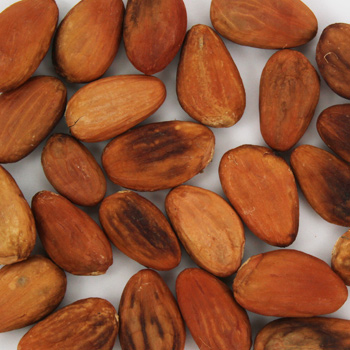The top five chocolate consuming countries in the world are: Switzerland, Austria, Ireland, Germany and Norway in that order. Switzerland topping the poll with a staggering 10.5 kilograms of chocolate consumed annually. Europeans consume approximately 40% of the world's cocoa each year, 85% of which is sourced in West Africa.
During August 2011 a report was published in the British medical journal BMJ to do with the beneficial effects of chocolate on your health. The study conducted tests on 100,000 people and the results showed that a high consumption of chocolate was linked to lower blood pressure and a lower risk of stroke. However Dr Oscar H Franco assured everyone that "Chocolate may be beneficial, but it should be eaten in a moderate way, not in large quantities and not in binges. If it is consumed in large quantities, any beneficial effect is going to disappear." The full report can be found here.


 This is a picture of cocoa beans.
This is a picture of cocoa beans.